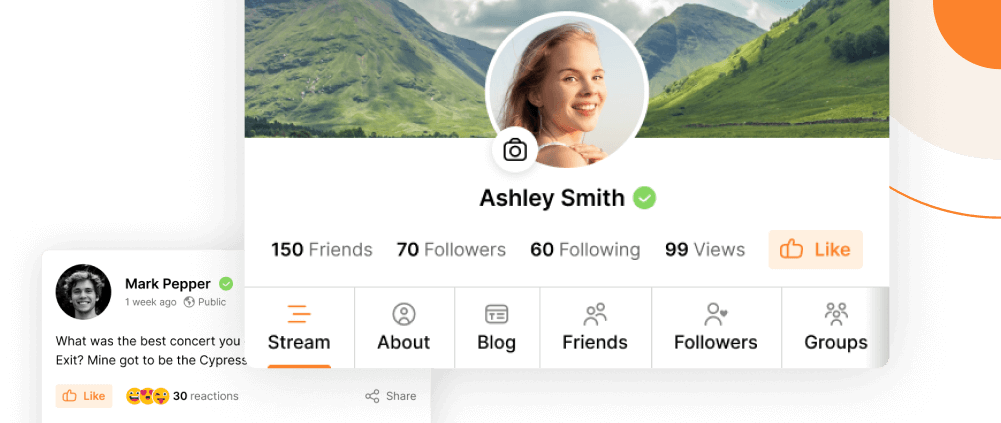In the digital age, we are obsessed with engagement. Metrics, stats, analyses, automated tools, business intelligence—everything is geared around quantifying how engaged is your audience (or in our case, community).
And there’s a myriad of ways to track this, both basic and sophisticated. Let’s take a look at the most popular options, then consider whether a focus on engagement is actually the right thing to do.
Start with traffic
One of the simplest data points to consider is traffic: how much overall activity is there within your community per day, week or month? This could be:
- Total site visits or logins
- Number of post views
- Hits on Google or through paid search
What these numbers provide is an approximate baseline of engagement. We start here to put everything else into context. You can get an idea of the scale of your community, and examine how traffic has changed over time or if there are any clear patterns. The real meat of the analysis comes from contributions.
Contributions
Contributions are the whats of your community. What are members actually doing and how much of it? When we talk about gaining badges and ranks through gamification, these are awarded for specific contributions.
For a generic community, contributions might include:
- Creating posts
- Responding to posts
- Giving likes/reactions
- Resolving problems
- Spending X hours or days online
In other words, the quantifiable ways members contribute to the community. This is the crux of engagement measurement within online communities. For example, you might set your baseline for an ‘active’ member at posting at least one comment per month, and logging in twice per month. You then examine the contributions data and bam—you can see exactly how many active members you have.
Use domain-specific contributions if possible
The options we previously listed are extremely generic. Your engagement metrics should reflect your community and activity. A very rough example:
| Niche | Examples of contributions |
| IT support community | # solutions suggested # solutions accepted/tickets resolved # different niche forums posted in |
| Marvel movie fan theories community | # novel theories suggested # different movies engaged in |
| Pizza mastery community | # recipes posted Most active niche (sauces, equipment, dough etc) |
These data points will quickly paint a clearer picture of your community, its activity, and levels of engagement. Not only that, it shows where and how members are engaging most and least. You can then build plans to augment what’s working and reconfigure what isn’t. We don’t invest all this time tracking engagement just to see what’s going on; we do it so we can make things better.
Other ways to measure & track engagement
Many community managers consider engagement the sole marker of success for their online community—but it’s far from that. For a start, the quality of that engagement is paramount.
If you’re getting huge response rates to new topics but they’re all unhelpful, irrelevant, or trolling answers, then your massive engagement is worthless. If you’re getting few responses because people are giving a definitive answer so no one feels the need to comment, that is fantastic. As with any analysis or metrics, it’s crucial to take a global perspective and not view anything in a vacuum.
Moderation
Are you spending hours every week censoring posts, dealing with trolls, warning members about their behavior or deleting accounts? This might indicate you’ve got high levels of engagement on quite controversial subjects. Maybe you need a way to keep the same engagement but tone down the aggressiveness—perhaps making the community guidelines more specific and visible.
Retention
How long are members active on the site before logging off or closing the tab? How many sessions do new members attempt before they churn? How many sessions do members have before they start contributing regularly?
If members only visit the site for a minute before leaving, it means whatever they’re seeing is not engaging enough. Same thing if you see high churn after just 2-3 visits: you need a way to increase early engagement (maybe your platform is visually complicated?) since your longer-term members are highly active in discussions.
There are endless ways to measure and define engagement, and any of them is likely to be useful in some way. One of the first jobs when setting up your community should be to understand what your main contributions are and then to start tracking them.
Bringing Them Back
PeepSo Ultimate Bundles come with Email Digest plugin. It’s a fantastic way of bringing people back to your community. It automatically creates a digest email that’s sent to users who have not logged into your site for some time. Give it a go.


Reactions & comments
Comments